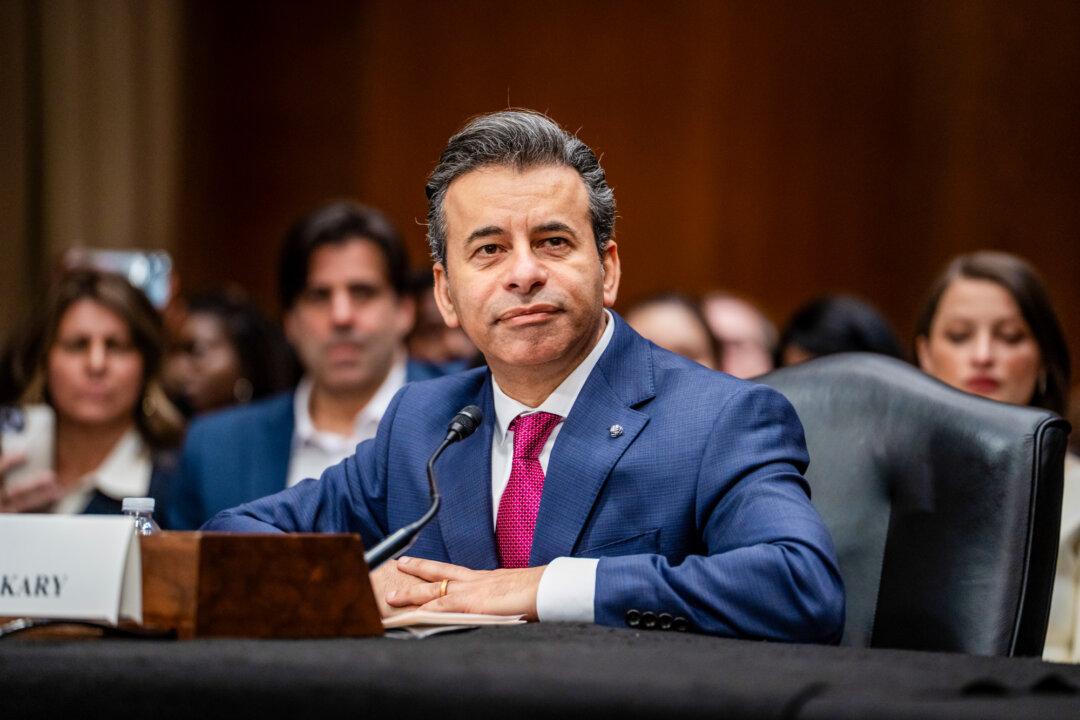The $1.9 trillion relief bill under consideration by the Senate contains some $10 billion for the global response to the COVID-19 outbreak, including several hundred million for pandemic-related efforts that have both a domestic and international scope.
The first of these, Sec. 10001, earmarks $204 million for those State Department operations that “prevent, prepare for, and respond to coronavirus domestically or internationally” through September 2022.
Another $41 million has been made available under Sec. 10002 for COVID-19-related domestic or international operational expenses of the U.S. Agency for International Development (USAID), the main agency responsible for administering civilian foreign aid and development assistance.
Most of the spending in the Senate Committee on Foreign Relations portion of the bill—$8.675 billion—falls under Sec. 10003, or Global Response to COVID-19, which channels billions to shore up existing efforts to fight infectious diseases and provide disaster relief against the impacts of the pandemic. This includes $3.75 billion to programs to fight HIV/AIDS, tuberculosis, and malaria, as well as another $3.09 billion for international disaster relief, including reconstruction, health services, and emergency food security needs.
Another $930 million allocation under the Global Response section is meant to address COVID-19-related “economic and stabilization requirements,” and $905 million has been earmarked for USAID for global health activities, including COVID-19 vaccine development.
The two remaining sections (10004 and 10005) provide $500 million for humanitarian response efforts that relate to COVID-19 and $580 million for multilateral assistance, including contributions to a range of international organizations and programs that fall under the umbrella of the United Nations Global Humanitarian Response Plan COVID-19.
The Senate on March 4 advanced the relief plan, with Vice President Kamala Harris casting the tiebreaking vote. All Republicans voted against beginning the debate on the plan, while all Democrats, including two nominal independents, voted in favor.

“Historically, what’s happened in vote-a-ramas is—I don’t have exact figures, but it seems like we’ve always offered a couple of hundred amendments on the Republican side. You get a couple of those voted on and people tire out. I’m just setting up a process that keeps us from tiring out,” he told reporters on Capitol Hill.
A vote-a-rama is a process during which the party in the minority can force on-the-record votes on amendments, which are added to the bill if they receive a simple majority.
Following the reading of the bill, the Senate has a 20-hour debate period, after which senators can propose votes on any amendments.

Sen. Mitt Romney (R-Utah) said he and some fellow Republicans are working on several amendments, including one that would require that funding only go to states or municipalities that either had a reduction in revenues or unreimbursed COVID-19 expenses.
“It would probably mean less money would go to states and localities,” Romney said. “California, for instance, has a huge surplus this year, and yet under the $1.9 trillion plan, they’re supposed to get another [approximately $20 billion] more. That doesn’t make a lot of sense to go borrow that money to give to a state that doesn’t need it.”
Republicans largely oppose including state and local funding in the relief package, of which there is around $350 billion.
The House passed the relief bill last week through the budget reconciliation process, a procedural move that enables Democrats to pass it in the upper chamber with no Republican support.
Following the vote-a-rama, Democrats hope to get the bill passed this weekend.





